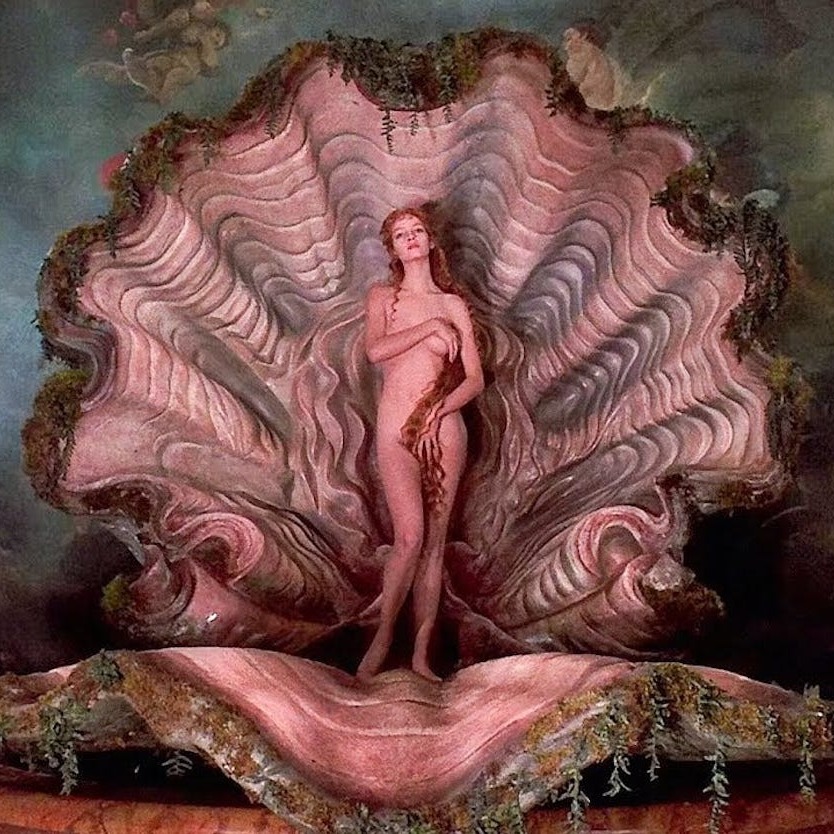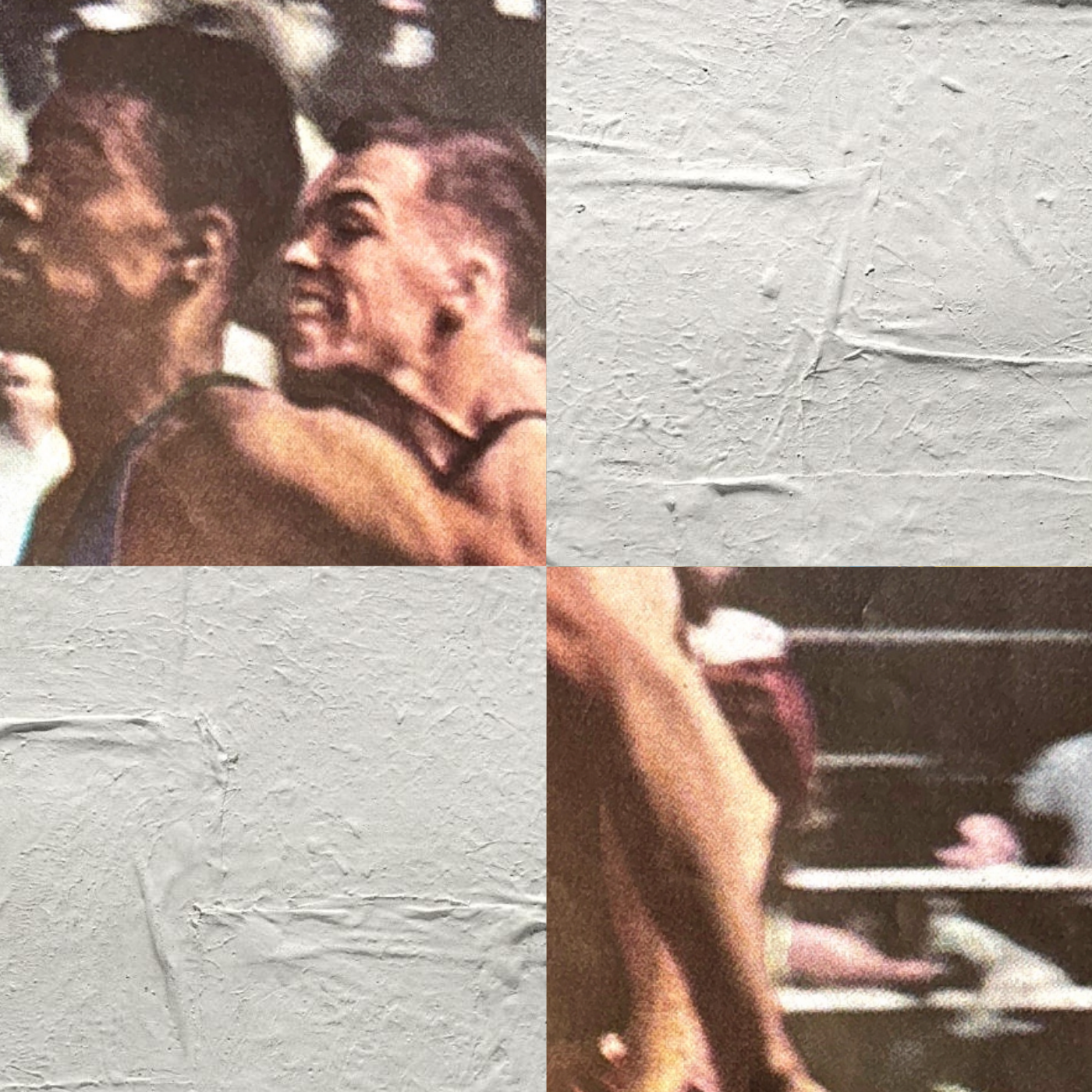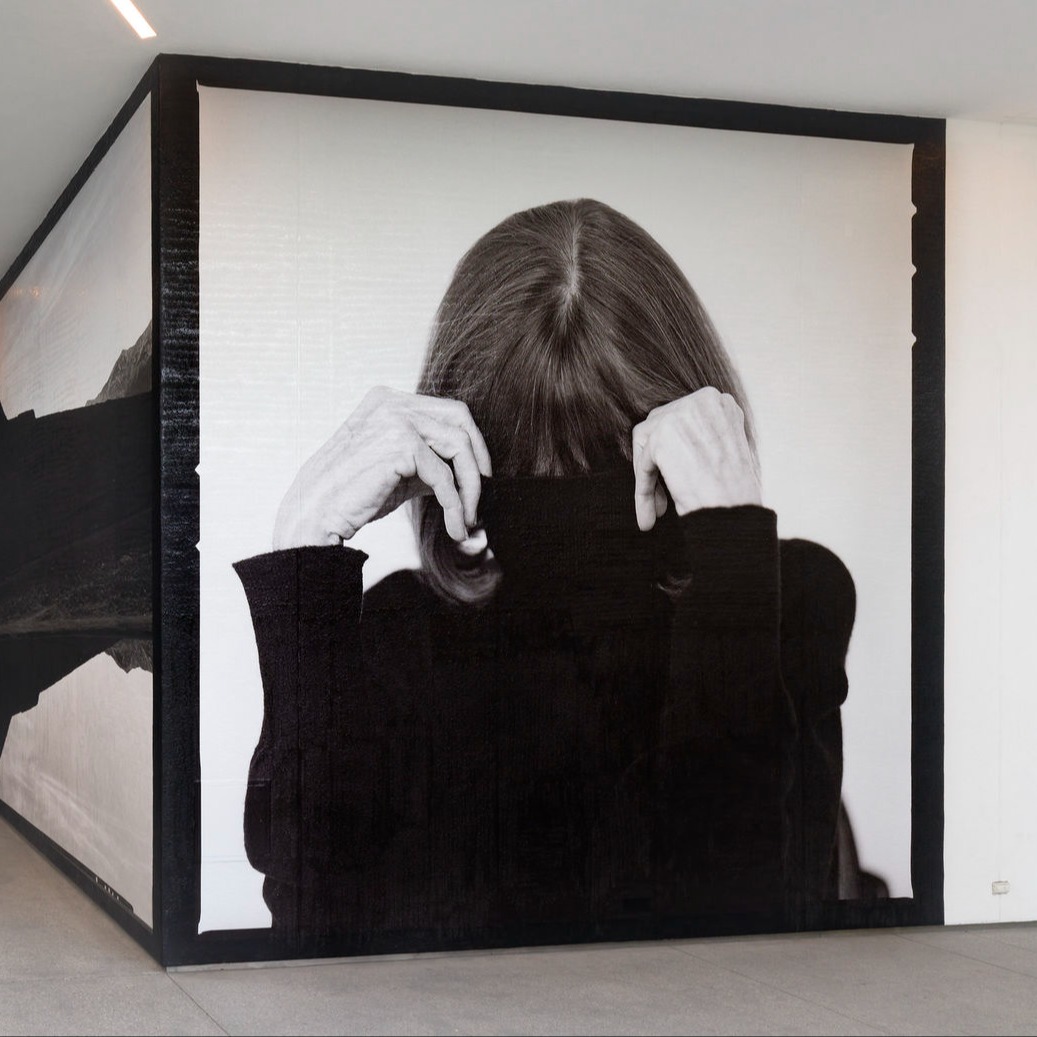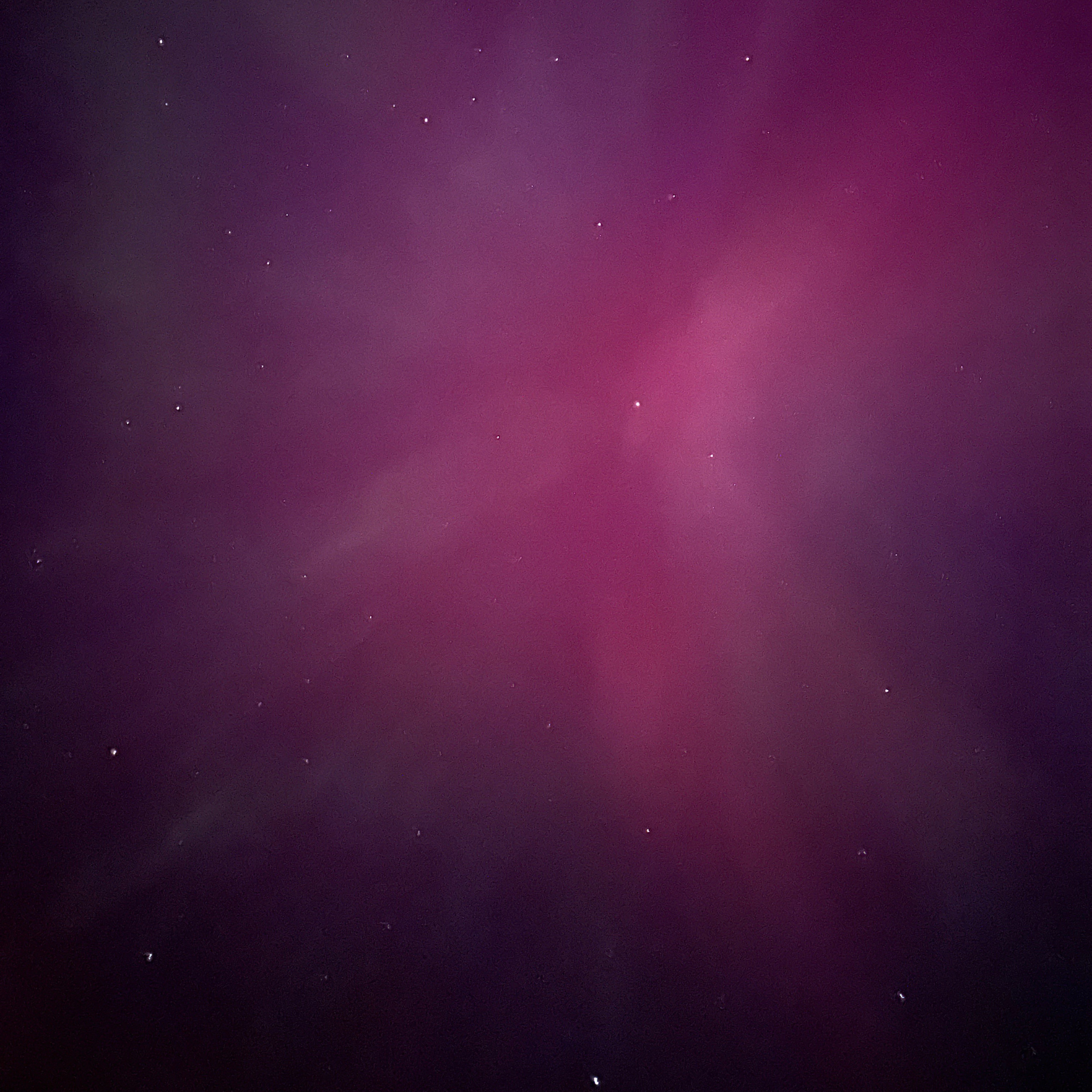- Magazine Dirt
- Posts
- On grottos
On grottos
Heaven and earth.

VISITOR is a column about how museums influence culture designed in collaboration with Visitor Beer.
Today, Hayley J. Clark interviews Krista Mileva-Frank about curating Objects for a Heavenly Cave at Marta gallery in Los Angeles, closing on October 12th, 2024.
When man cannot successfully return to the cave, we recreate it and add some decorations. But then the cave is no longer a cave, it is a grotto. As such, Krista Mileva-Frank, the reigning grotto theorist of our time, has curated a grotto-themed show entitled Objects for a Heavenly Cave at Marta gallery in Los Angeles.
Mileva-Frank is a design historian. Her academic research focuses on grottos that became popular during the Italian Renaissance but she is also interested in the grotto’s importance throughout history. In Mileva-Frank’s view, interior design begins with the grotto.
In Mileva-Frank’s view, interior design begins with the grotto.
For Dirt, I talked to her about the dual nature of grottos (representing both transcendence and death), their use in pagan rituals, and the human compulsion to replicate natural spaces.
This interview has been condensed and edited for clarity.

Hayley J. Clark: What drew you to grottos?
Krista Mileva-Frank: I started writing about grottos five years ago or so, when I was doing my Masters and I didn’t intend for it to become my focus, but then classmates and my professors started calling me the grotto girl.
I kept writing about the grotto in different periods, from follies on English estates to sort of modernist experiments and fascinations with caves. But the reason I was drawn to them was I had been looking at a different kind of natural, artificial space. Prior to that, in undergrad, I wrote about Winter Gardens, like these glass domed gardens that became popular in the 19th century as places of leisure.
In a way, my interest in grottos probably all traces back to me having grown up in Los Angeles, and the sort of particular relationship to nature in urban California. On one hand, there are these epic features like the mountain or the Pacific Ocean, these sort of things that are really powerful. But more common when you're in suburban Los Angeles are palm trees, like the most ridiculous kind of tree. Then there are home gardens that are so kitsch that they are just mere notions of nature.

Niccolò Tribolo, Grotto of the Animals, Medici Villa di Castello, Florence, 1539
HC: Yes, it seems demonstrative of this impulse that humans have always had to recreate the beauty they find in nature. I’m kind of paraphrasing Elaine Scarry’s argument here from On Beauty and Being Just. So, you have this history of people constructing these artificial grottos, ostensibly because people find them beautiful. But what in particular is beautiful about them? I guess, to put it simply, caves can be creepy and, well, gross. Yet they inspire so much interest, to where they have been exalted to the realm of the mystical.
KMF: Yeah, I think the grotto always has a twin sensibility. That of the transcendent and that of death.
Caves have a connection to the spiritual or the numinous, beyond the human realm. This was evident in the Greco Roman belief that nymphs dwelled inside of caves. They also are present in creation myths across many cultures. So, in that way it’s a place of transcendence, leaving the cave, in some way at the same time, it's always a place also of death and the transcendence that is part of death; it’s a retreat to an underworld.
There’s always a bit of a death drive to the grotto. There’s a sense that one will be consumed.
The etymology of grotto itself comes from the word for crypt. And, you know, there’s always a bit of a death drive to the grotto. There’s a sense that one will be consumed. And I think the later aesthetic notion of the sublime, this idea of the beauty of being consumed by a giant wave or standing in front of an enormous storm or mountain, but being able to actually take it in and have that, have it be an aesthetic experience of almost being annihilated. I think the grotto does a similar thing.
With a constructed grotto, there's something humorous about not having been consumed—Renaissance grottos often feature comico-grotesque faces, fountains where water springs up out of nowhere, and sludgy surfaces covered in silt and moss, that sort of thing. There's, you know, something frightening that gets turned into something quite light hearted, and it allows us to cathartically deal with death.
Interview continues below

IN COLLABORATION WITH VISITOR
Visitor makes gluten reduced NA beers that are crisp and clean. Try our Original Lager or Extra IPA.
We started Visitor to create a bit of balance for anyone who's seeking it.
Enjoy the ritual without feeling full or tired. Keep the hang going without sacrifice. Share in the moment regardless of what you are—or aren't—drinking.


Giambologna, Colossus of the Apennine Mountains, Pratolino, 1580.

Painshill Grotto, Cobham, Surrey, England, 1765 and 1770.
HC: Could you take us through a few pieces in the show and what aspects of their work are manifestly “grotesque”? What do you think artists working today can reveal about the nature of the grotto?
KMF: Definitely! The opening tableaux in the show includes three sculptural vessels by the Japanese experimental ceramicist Masaomi Yasunaga. The ceramics are actually made of glaze, which would typically just be on the outside. In order to center glaze, which would normally just evaporate in the hot kiln, he studs it with with minerals, with rock, with metal, with feldspar, until it accrues a kind of form, and then he buries it in sand and kaolin, and fires it and to create the finished work.
He describes it as a process of excavation, of just removing the layers of sand. They look like they could have emerged from the bottom of the ocean or have been buried, you know, these sort of like archeological remnants of a lost civilization. He considers fire like a collaborating force in his process. He's always acutely aware of the existential threat of fire, but also the sort of generative capacity it has, which feels very in tune with the sensibility of the Grotto, you know, as we were describing, and willingness to disassemble what is artificial and what is natural.

Installation view, Objects for a Heavenly Cave. From left, works by Masaomi Yasunaga, Lily Clark, Valentina Cameranesi Sgroi, and Emma Witter. (Photo credit: Erik Benjamins)
In between Yasunaga’s works are these chalices from Valentina Cameranesi Sgroi. She was really excited by the theme of the show, she primarily makes these sort of sculptural vessels and forms out of borosilicate glass, which is a glass that's primarily used for scientific materials like beakers and test tubes. It's durable and flexible, but not really decorative glass. And she returned to Rome, where she's from, and revisited some of the grottos and fountains that are all around the city, because it was sort of one of the epicenters where these kinds of structures flourished.
She expected to be captivated by the rustication from 500 years of time and that interplay between the artificial structure meant to resemble nature and natural processes acting on it. But instead, she was taken by all the birds that had nested in the grottos. She visited in April, which was a very rainy month, and so these birds were taking shelter among the dripping water and deteriorating stone. And something about this was really exciting for her. And so these vessels are a kind of hybrid synthesis of the bird forms, and particularly the texture of the water hitting the bird's feathers, ruffling them up.

Valentina Cameranesi Sgroi, Pellicano, 2024. (Photo credit: Ambra Crociani)
HC: One of the pieces I felt drawn to was the light by Mr. Liz Hopkins. It almost looks a bit nasty when it’s turned off, like something oozing. Could you talk a bit about that piece and how you feel like it is related to the theme?
KMF: Liz was really interested in this idea of the Grotto as a kind of boundary zone. The entrance was heralding something, but unclear if that was a place of redemption or a mouth to hell. Liz said something like, I want to create the grotto that Jesus comes out of after three days of Berghain, like religious, but also profane. Like a disco grotto, you know. From a different angle, the piece is alluding obliquely to female anatomy. It embraces being a little gross, a little frightening. It's a very visceral object.

Mr. Liz Hopkins, Teach Me How to Touch Myself Again, Marie. 2024. (Image credit: Erik Benjamins)
HC: I do have one final question, I want to know of a time a sublime encounter that you personally have had with a grotto.
KMF: Can I modify the question a little bit? I'll tell you about an encounter with a grotto that was not sublime, but I think changed the way I thought about grottos and maybe even architecture.
“I want to create the grotto that Jesus comes out of after three days of Berghain”
HC: So, you had an epiphany?
KMF: Yes, I had an epiphany. It was a grotto that I wrote about for my masters in England, which is the Shell House at Goodwood Park in West Sussex. It was constructed in part by the second Duchess of Richmond, Sarah Lennox, in the 1730s by her and her daughters. And so it's like a space that is interesting insofar as it was a project by a female patron, who not only commissioned the work, but also took an active part in its creation, which was very rare in the history of architecture in the 18th century. But it's an absolutely striking space, even in the photographs alone.
It’s a rather small room, aloft a high hill in the West Sussex downs, overlooking the English Channel. And you walk through this rusticated exterior into this space where every inch of it is encrusted in shells that have been delicately mounted on the surface. And there they ripple and undulate, diaphanous and iridescent letting light pass through and reflect. So there's this sort of, like, gorgeous grammar and play of light on this surface. And they replicated, like a sort of small Palladian interior by cladding it in horse’s teeth, like a mosaic.
And there they ripple and undulate, diaphanous and iridescent letting light pass through and reflect.
HC: It's so English!
KMF: Yes, so English, exactly. But anyway, it felt like I was encased in a giant shell. It felt like the room was billowing, like light and air just had a different capacity. And that's when I knew I wanted to dedicate my career to the grotto. 🐚

Sarah Lennox, Second Duchess of Richmond, Shell House, Goodwood Park, West Sussex, England, c. 1739-1748.

SHELLS AND TEETH
|

DIRT AT THE MUSEUM
|
|
|
|
|







